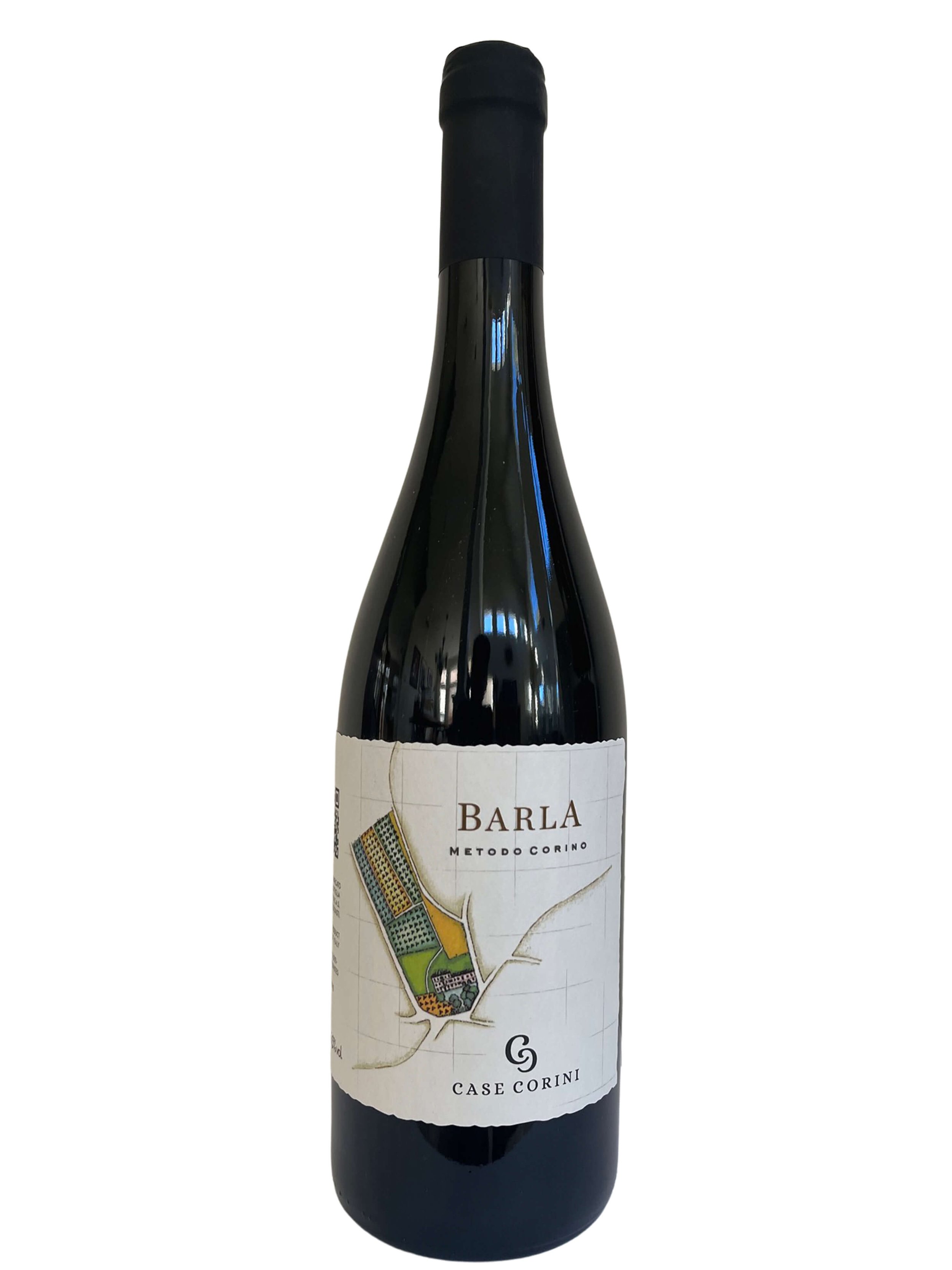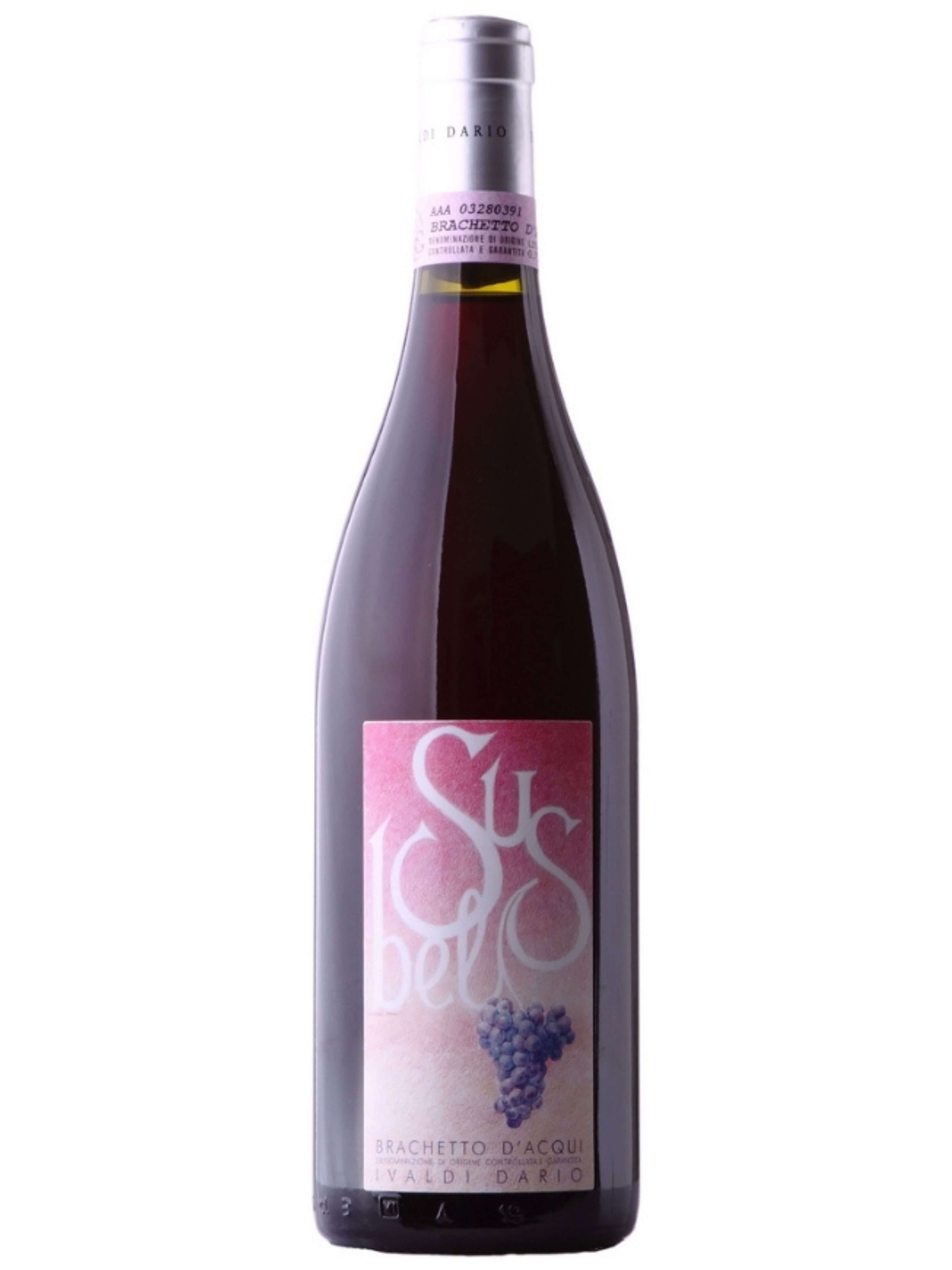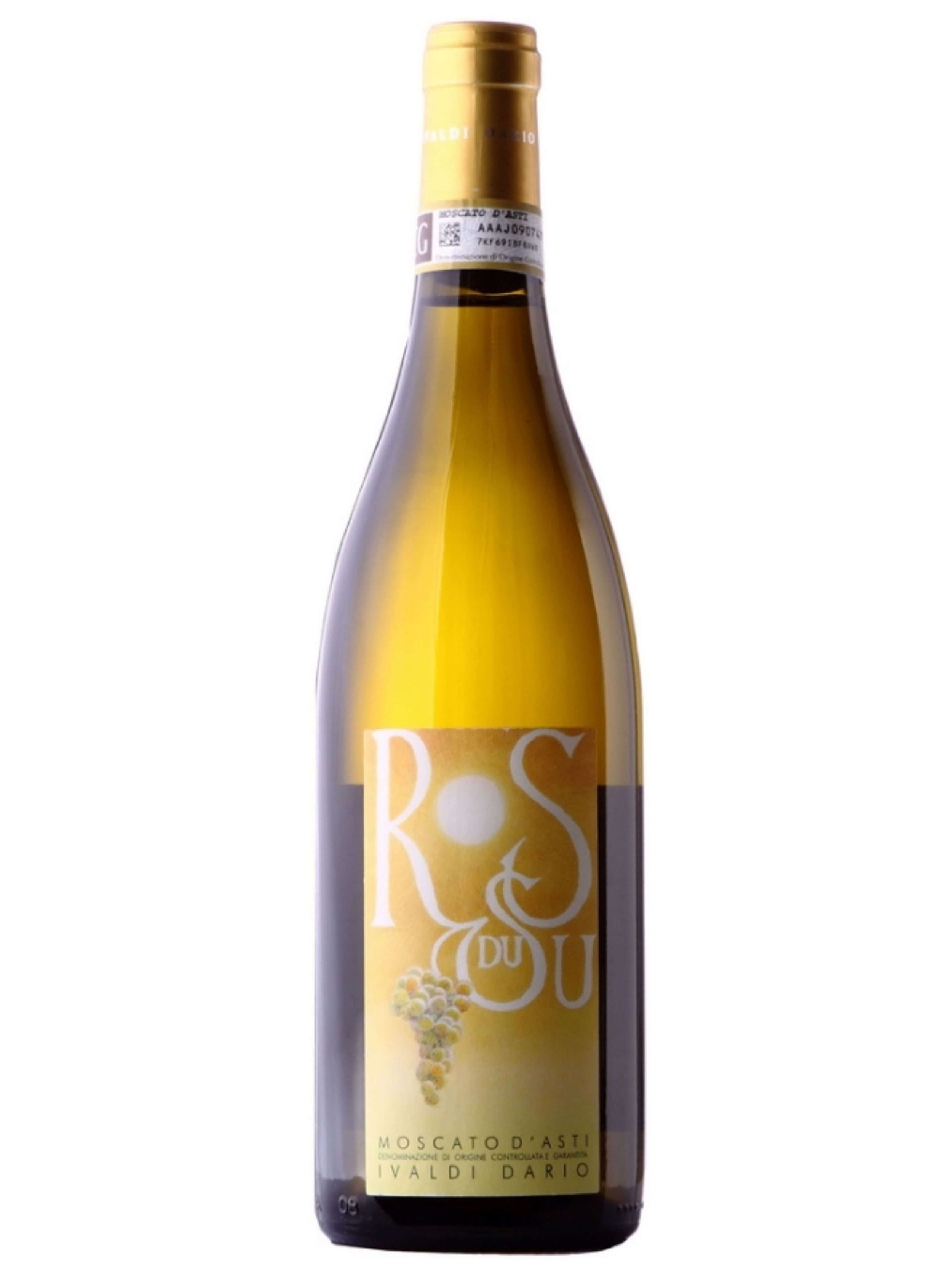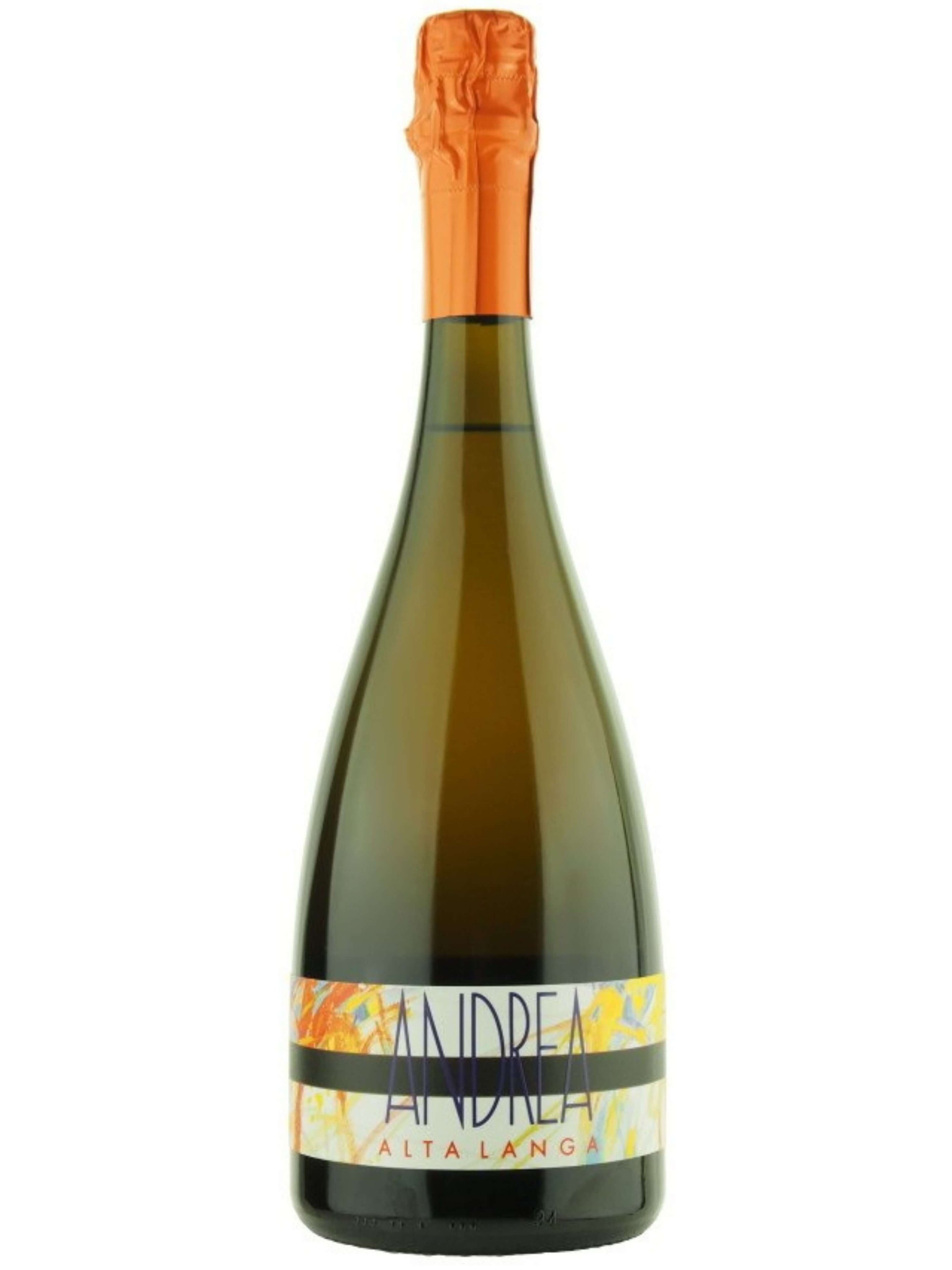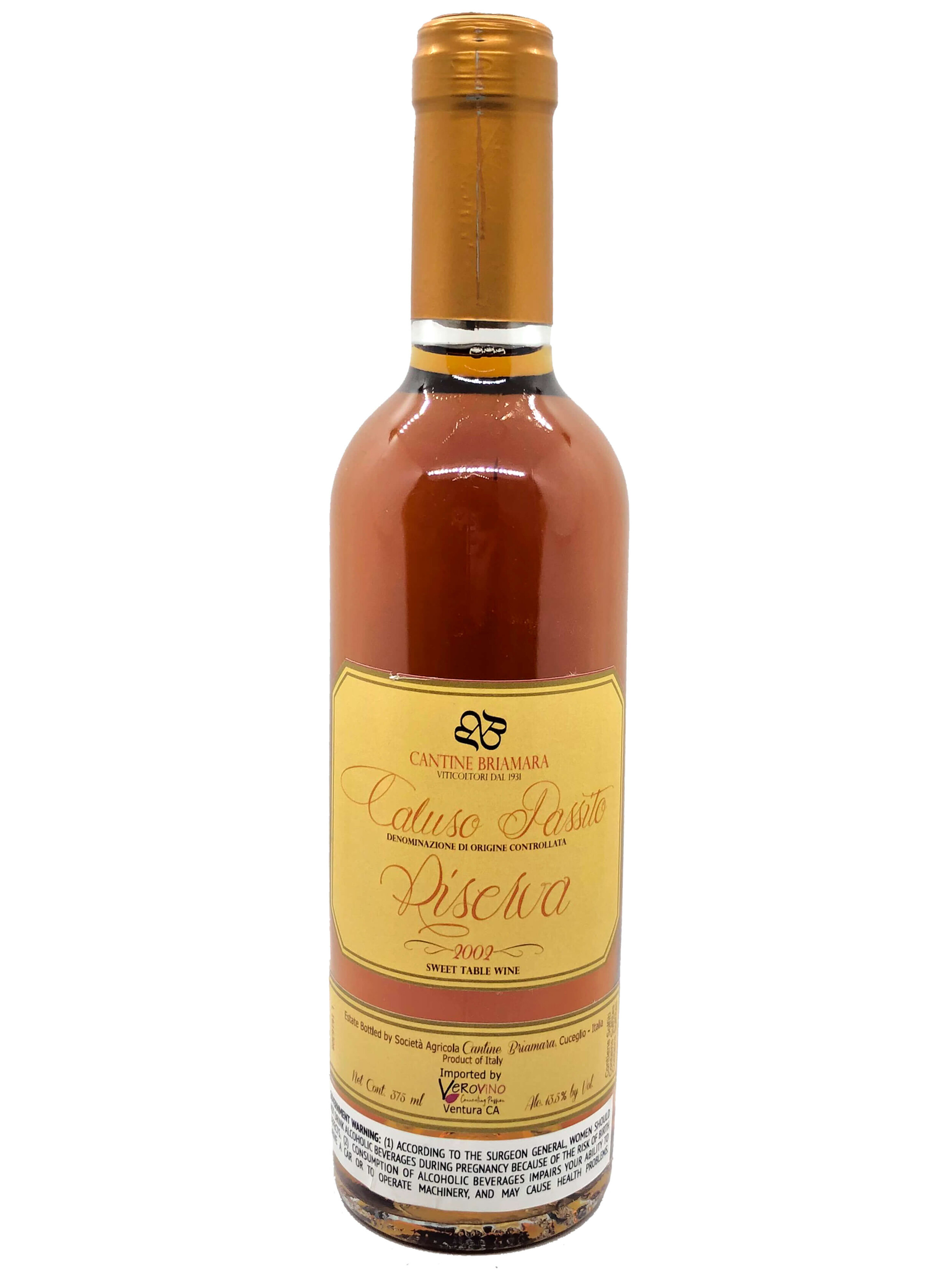Wine-derful Candy Pairings
Health trends are on the rise, and we are all looking at consuming the “best foods for us”. However, we are all human, and with that pesky mortality comes a desire to also enjoy the moment and sometimes let loose with what tastes good. That means indulging every once in a while in things like candy. But, sometimes busting into a pound bag of haribo gummy bears feels a little too much, so let’s take some principles of mindful drinking and put them to use. What can we do to elevate the candy experience and make it more thoughtful and less indulgent? What about adding a grown-up component to it so on Halloween when sitting around waiting for trick-or-treaters to come, you can have some fun with wine pairing?
While we often think of wine pairing for elegant foods like entrees, aperitivos, and desserts, the reality is, wine can be paired with any foodstuff to create a fun new and unique experience. Just like when we explored the concept around junk food wine pairings, here we explore the sweeter side of that concept: wine and candy pairings. And what better way than through the lens of one of the holidays most arguably associated with candy, Halloween!
“Trick or Treat!”
When we think of candy, especially when fall rolls around, one of the first things that comes to mind is Halloween and the tradition of trick or treating. While an American staple of fall, for those Europeans who are not familiar with the tradition, although it is gaining traction in Europe thanks to pop culture, “trick-or-treat” is a beloved tradition here in the US. America gears up in October for the eve of Halloween where children don costumes, travel throughout the neighborhood, and knock on doors to request candy and ogle at scary house decorations.
Its origins can be traced back to various ancient festivals though the ages, from Samhain to Guising to Souling. After all, the Catholic Feast of All Souls which falls on November 2nd is the day where Catholics remember their loved ones who passed away, with a similar holiday, All Saints, proceeding on Nov 1st. So the timing of Halloween is definitely ominous with thoughts of the dead ever present, at least among Catholics. Traditionally leading up to November 1st, people would adorn themselves with costumes and masks to ward off evil spirits or travel from door to door asking for food. However, as time went on, by the 1950s or so, this tradition more or less crossed the ocean from Europe to the US, making the tradition and holiday of Halloween as we know today, with a focus on sweets and costumes.
Looking at “Halloween” from a more modern eye, undoubtedly one of the more important aspects of trick or treating is candy. Children look forward to the variety of treats they will receive, from classic candies like chocolate bars and lollipops to now modern gummies or even others. In the leadup to Halloween, even adults look forward to the bulk bags of candy readily available.
What happens once the candy arrives home? While surely a lot of it is consumed on the drive or walk home, there is inevitably some that makes it back through our front doors. Or perhaps one wishes to enjoy post-holiday sales on those glorious bags of bulk sweets. Regardless of how the candy comes into one’s possession, whether “borrowed” from your kids or purchased deliberately, one of our favorite ways to enjoy leftover candy would be pairing it with wine.
Wine + Candy = Surprising Pairings
As a quick recap, let’s cover the basics of wine and food pairing. The key to food wine pairing is to break down both the food and wine into their basic characteristics, such as flavors, textures, intensities, and persistence. Then, learn which characteristics should be matched together as complements or as contrasts; ie sweet complementing sweet or acidity contrasting fattiness. For a fuller explanation, as we said, check out the previous article.
Even though food wine pairing does have guidelines and a technique, there are no hard and fast rules: the best pairings are the ones that you enjoy the most and find the most pleasurable. So don't be afraid to experiment and have fun with it.
A great way to do that is by looking at non-traditional foods and pairings. Let’s be honest… everybody pairs steak and Barolo and chardonnay with chicken. But try to find a wine to pair with a Snickers, or gummy bears? Now that will turn heads at your next gathering or make your next movie night that much more interesting.
As we mentioned before, there is one critical component of tasting that is especially pertinent when considering candy pairings, and that is residual sugar. See, sweetness in food goes well when matched with sweetness in wine. And just like this sweetness in candy comes from added sugars, the sweetness in wine comes from natural sugars. As we explained in our article about the role and impact of sugar in wine, it comes from residual sugar left over after fermentation has finished, whether purposely ended or simply the yeasts “got tired” of fermenting more alcohol and stopped, leaving a wine with extra natural sugars. Winemakers can choose how to leave this residual sugar, and also how much with decisions in their winemaking and harvesting.
When pairing it is important to consider the underlying flavors of the wines, like
are they more fruity?
and what fruits?
more acidic?
how much residual sugar?
Some wines that are appassito, or dried, can be very sweet with a lot of residual sugar, yet other wines that are simply very well ripened and more late harvest might have lower sugars, in a barely there type of sweetness. These are all considerations of pairing for intensity and flavors. It is important, too, to remember that the best sweet wines are not necessarily the overtly sweet wines; the best dessert wines can balance sugar and acidity or sapidity to help prevent a too sweet flavor. But, before diving into our candy pairing suggestions below, you can learn more about how to pair all sorts of foods with sweet wines in our previous article on the subject.
Which Candies with Which Wines?
We have grouped candies or halloween treats into a few larger categories, based upon general shared flavors or textures. So, if a particular treat isn’t specifically on the list, utilizing food pairing principles and looking at some of these options for the closest thing will still get you there. So, without further ado, dump out your pumpkin bucket and let’s get looking at your candy!
Chocolate Based Candies and Candy Bars
Chocolate is perhaps one of the most widespread and classic of any candy, maybe that is why wine and chocolate pairings are some of the most well known out there. There is also a wide range of possibilities, from luxurious and gourmet truffles, to simple square bars chocolate can impart different flavors and textures, and that is without getting into the candy bar selection. From nutty Snickers to creamy crunchy Twix to gooey Three Musketeers, or to flaky Butterfingers, there is pretty much a chocolate covered candy bar for every palate. Of course, we cannot forget how “chocolate covered”, well covers, just about every type of confection, from fruit to raisins, to espresso beans!
Candy Bars with Picolit and Perla Nera: Various candy bars can bring different textures or flavors, but we want something fairly intense and bold to help balance the complexity of a candy bar. Perla Nera with robust concentrated jammy flavors is great for this, but don’t underestimate the white Picolit. Made with botrytis grapes (like a sauternes) it will go great with saltier alternatives, like a Butterfinger or Snickers.
Chocolate and Truffles with Saint Laurent: A relative of Pinot Noir, the red Saint Laurent is a great alternative to the chocolate loving pinot. A late harvest, it has a great full body to harmonize with rich and creamy chocolates, and even M&Ms!
Chocolate Covered Fruit and Raisins with Barla: This all-natural Barbera wine is almost the antithesis of a classic barbera: it is all body, fruit, and jam. Particularly in the 2017 harvest, which was hot and late, Barla is super concentrated, almost like a late harvest Zinfandel or Amarone, and has just a hint of residual sugar making it great with chocolate covered fruit, but our favorite ae Raisinets!
Hard and Chewy Candies
Hard candies, like Jolly Ranchers or Life Savers are very similar to a classic lollipop: essentially, they are a flavored sugar syrup that has been hardened. Normally, these candies are fruit flavored, varying from cherry to lemon to berry and onward. Here, with abundant sugar and fruitiness, we want a healthy acidity with just a lingering touch of sugar (even late harvest will do). These same principles can be considered when taking more chewier candies like a Starburst or Skittles that are, in the end, fruit flavored as well.
Hard Candies and Lollipops with Moravian Muscat: This native grape from the Czech Republic is considered an “off-dry” level of sugar, however, thanks to crazy acidity, you don’t feel it. In fact, the sugar and acidity balance each other out for a delicious flavor, which is exactly what it will do with fruity hard candies.
Starbursts and Skittles and Late Harvest Sauvignon Blanc: Bright acidity, matched with a creaminess that comes from a touch of oak aging, Thaya’s Sauvignon Blanc is also a late harvest, so a little more body will counteract the tartness of a Skittle.
Cinnamon Candies with Thaya Rosé: Now this is a specific one, because this off dry rosé wine is unique. It really has a fantastic cinnamon flavor and perfume. This is why we love to pair it with spicy red hots or hot tamales, or really any cinnamon flavored candy whether hard or chewy.
Gummy Candies
Gummy candies can be diverse, from super sweet to puckeringly sour, fruity flavors, unidentifiable flavors. These are the type of hyper-processed candies that stand out as the primary suspects of causing bellyaches on Halloween. But, pair them with the right wine, and it might just be a different story.
Gummy Bears and Worms with Sweet Albana: Gummy candies like classic Haribo are an interesting dilemma: very sweet, chewy and not creamy, yet not terribly strong flavored, they require a sweet yet delicate wine. The fruity sweet nature of Braschi’s Sweet Albana is great for this. Once favored by Roman empresses, it makes you wonder what ancient Romans would have thought of haribo?
Twizzlers and Brachetto d’Acqui: Here, like the cinnamon example above, when a wine tastes so much like something it is hard to not pair them together. With Ivaldi’s Brachetto d’Acqui, twizzlers meets its magic mate where we pair strawberry flavors with strawberry flavors!
Sour Candies with Riesling: Sour candies are notoriously hard pair with. On one hand logic says to go with a sickly sweet wine to counteract, yet that is not necessarily the case. If we go instead with something like a fruity wine with lots of acidity, they actually pair well. So, go for Thaya’s Riesling when you have sour candies!
Classic Sweet Treats
Sugar needs sugar… that is why when we look at the sugariest of the sugar treats, we have to be cognizant of the residual sugars. Sometimes, we need more (like a passito), sometimes pairing it will bubbles can mean that the sugar can be less (like an Alta Langa). Important here, is to consider texture: we don’t want to overwhelm our palates with too much, so bubbles and acidity will help combat overly creamy or sticky sugary flavors.
Candy Corn with Andrea Alta Langa: The polarizing, yet oh so classic candy corn is a distinct flavor, and you love it or hate it. Regardless of which camp your in (love it, then see how much more you love it… or hate it, then maybe this pairing will change your mind!), bubbles will be helpful to clean the sugary sweetness. Pick one like the Andrea Alta Langa that also has a tiny bit of residual sugar (technically it falls under an Extra Dry category) and pretty complexity to simultaneously complement and combat the sugary monotony of candy corn.
Caramel Corn and Caramels with a Passito: Whether your caramel corn is made at home, or bought at a state fair, or even just Cracker Jacks, you should note that it will tend to have a savory/salty undertone to the flavor. Same story of caramels (hard or soft), especially sea salt ones, obviously. Here, Passitos do the trick. Like Vigna Petrussa's Desiderio, or a Caluso Riserva Erbaluce Passito, these honey and caramel flavored sweet wines also have a healthy dose of acidity to help balance the sticky sweetness of caramel.
Twinkies with Moscato d’Asti: Bubbly, the sweet Moscato d'Asti is also very well balanced with sapidity, so this will counteract nicely overly-sweet and creamy confections like a Twinkie. Surprising… but don’t knock it until you try it!
Got Your Candy? Now Get the Wine to Pair!
Now comes our favorite part: eating candy and drinking wine! Sounds like a fantastic way to spend an evening. Below we have a selection of wild and scarce Vero wines that we mentioned above and that pair great with candy to get you started. If you’re eating all the processed candy… what better way to “counteract” it than with small production or minimal intervention wines? We exist to allow all Americans, across the US, from businesses to consumers, to experience the pleasures of these farm to glass wines, and a really good olive oils too. How can you get your hands on the hidden gems we forage for?
If you are a distributor reach out to us introduce our highly curated portfolio of one of a kind small production wines to your state.
We sell to wine stores and restaurants in certain states - contact us to learn more.
If our farm crafted natural wines and olive oils are not in your local shop or restaurant, buy wine online here, and we’ll ship it to you, including wine gifts.
We also have an award winning wine club for true wine explorers that are seeking to continually discover unique, sustainable and authentic small production wines they never had. These are wines selected by our sommeliers and curated for each box.
We do corporate gifts and sommelier guided wine tastings. Email us and we’ll tailor unique and sustainable corporate gift ideas.


















